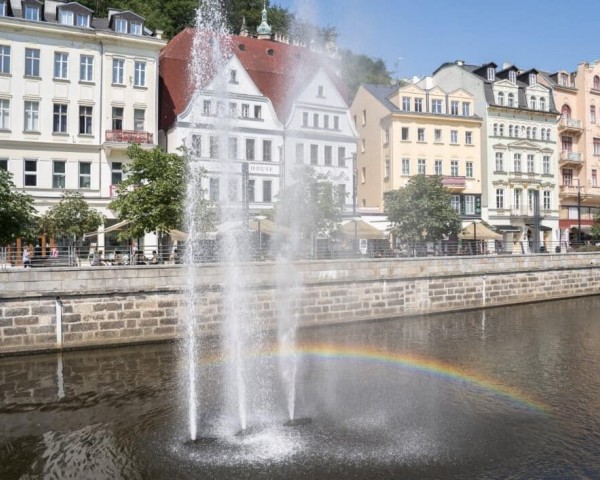World Heritage-listed Czech spas, hit by the effects of the war in Ukraine, have seen a sharp drop in foreign visitors, including wealthy Russians, and are looking for new clientele.
When spas in the Czech towns of Karlovy Vary, Marianske Lazne, and Frantiskovy Lazne were forced to close due to anti-pandemic measures, the towns were hopeful when they were added to Unesco’s 2021 World Heritage List. However, their happiness was short-lived as the Czech Republic, an EU member, imposed European sanctions on Russia after beginning the war in Ukraine in February 2022.
While the total number of customers decreased from 900,000 to 840,000 between 2019 and 2022, foreign visitors’ numbers dropped from 400,000 to less than 300,000. The share of Russian customers – the biggest spenders – fell from 61,000 to a few thousand. The number of Germans dropped by about 10%—a significant loss of revenue for Czech water resorts. The average Czech tourist spends about 700 crowns (about 30 EUR) daily. Experts point out that Russian-speaking customers spend more than 3,500 crowns a day (about 150 EUR). Nearly a quarter of German visitors spend about 2,000 crowns daily (about 87 EUR).
The overall numbers of guests are similar, but the tourism revenue has declined. Czech spa towns have lost 80% of their clientele overnight.
Russian tourists also tended to stay for several weeks, while Czechs preferred weekend stays. So, a dramatic shift from spa stays to wellness and short breaks is registered.
Pampering local clients
According to Eduard Blaha, head of the Czech Spa Association, it was a mistake to focus on Russian customers. “We need to pamper local customers and offer them all options, from treatment to tourism and wellness,” he said. Czech Tourism also plans to attract customers from the Middle East and former USSR countries such as Azerbaijan and Kazakhstan. Czech Spa towns need to compensate for the decline in the number of Russian clients because it’s evident that they won’t return for a long time.
The declining visitor numbers are common in Czech spa towns, as other European spa towns are also experiencing this problem. The Czech cities plan to collaborate with other UNESCO World Heritage Sites in Europe to address this issue for a joint promotion.




